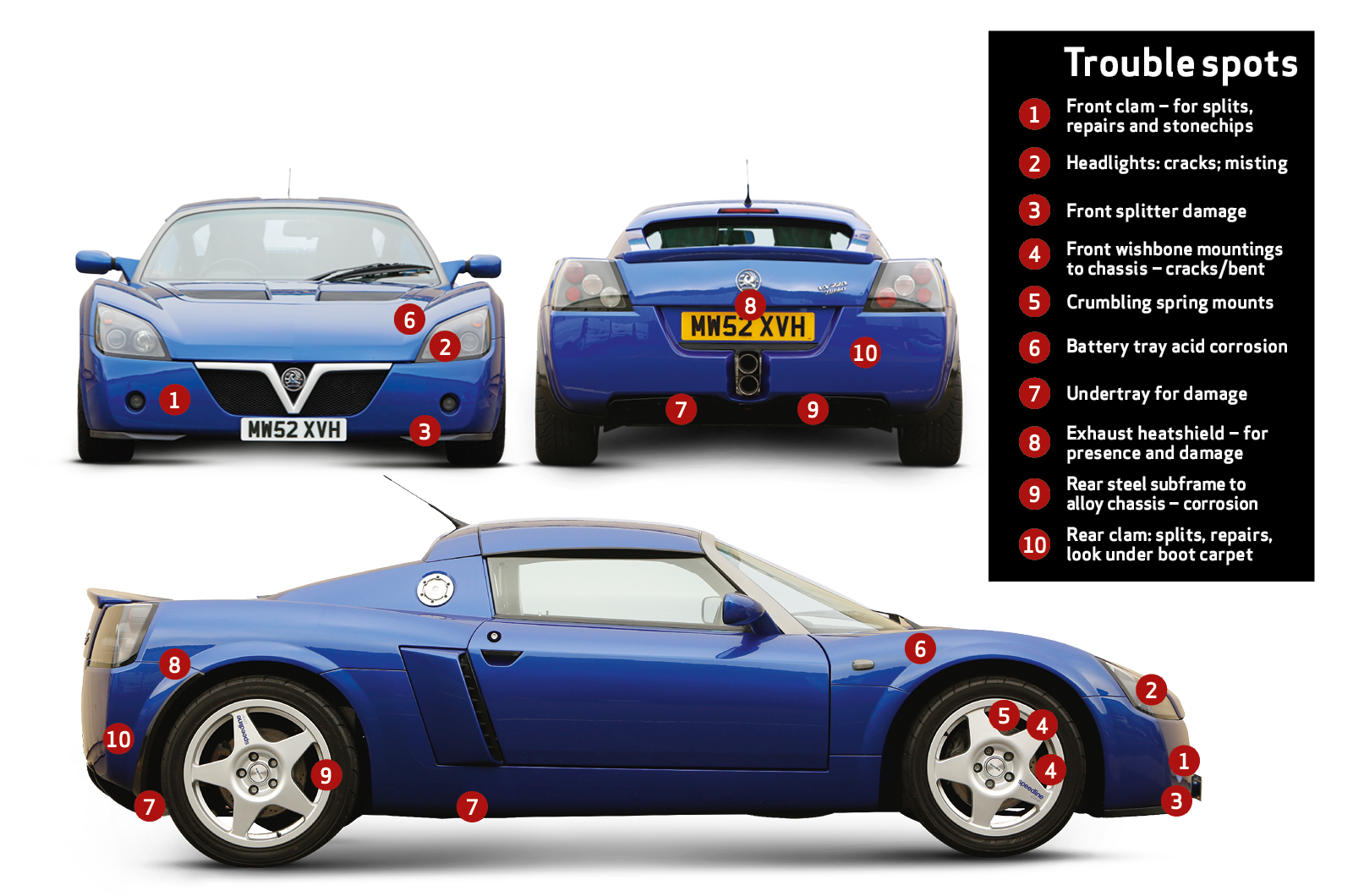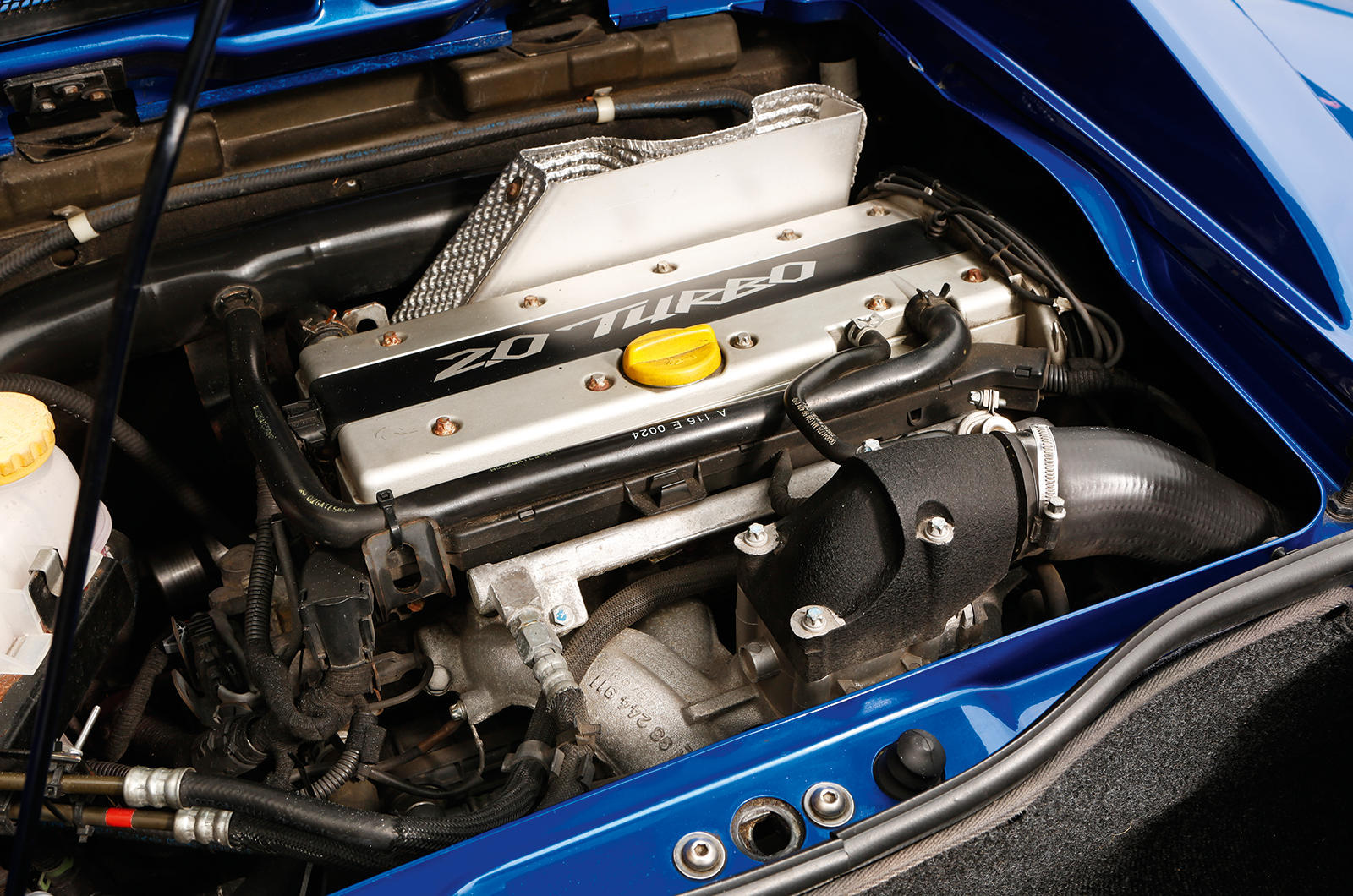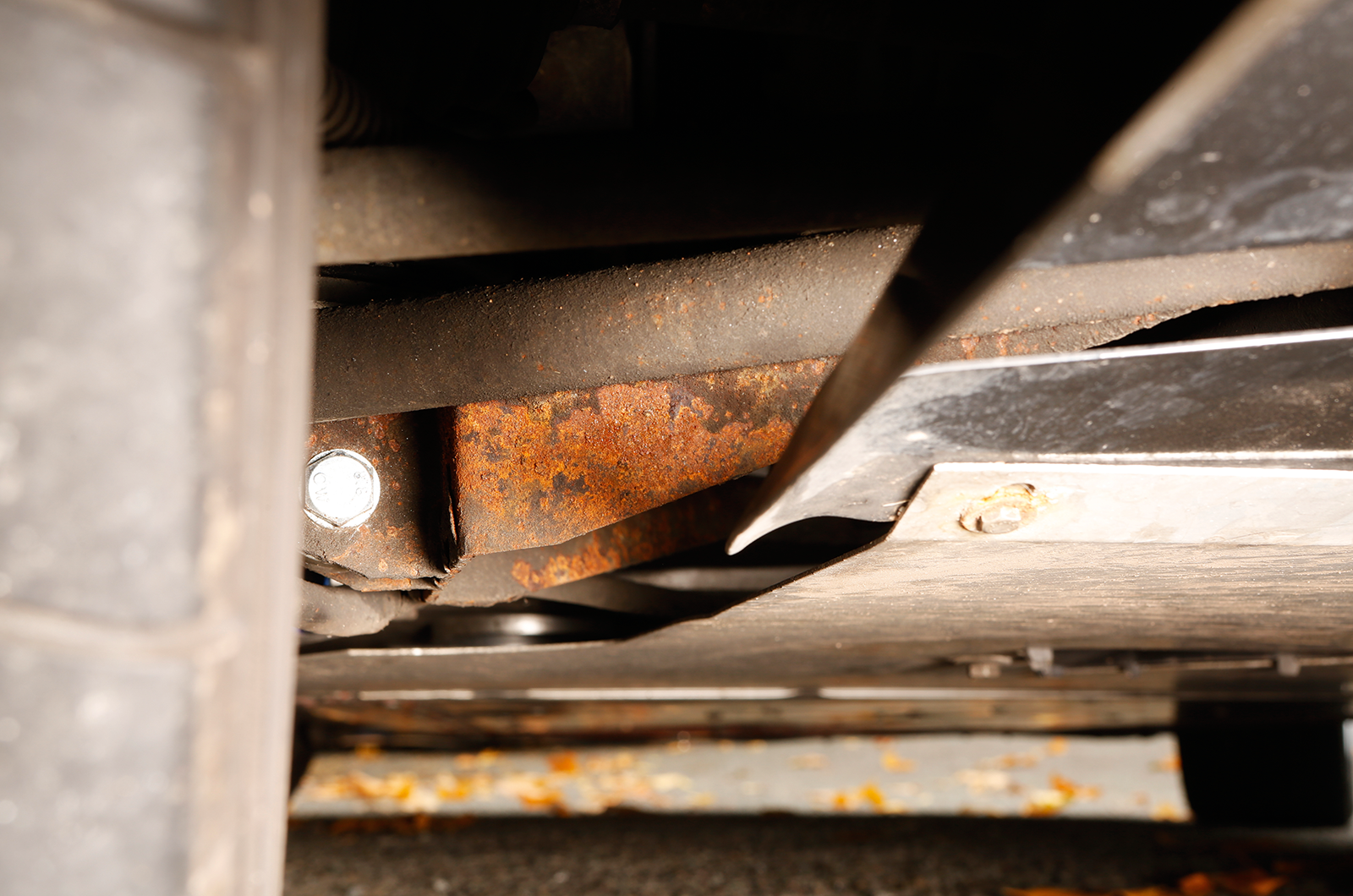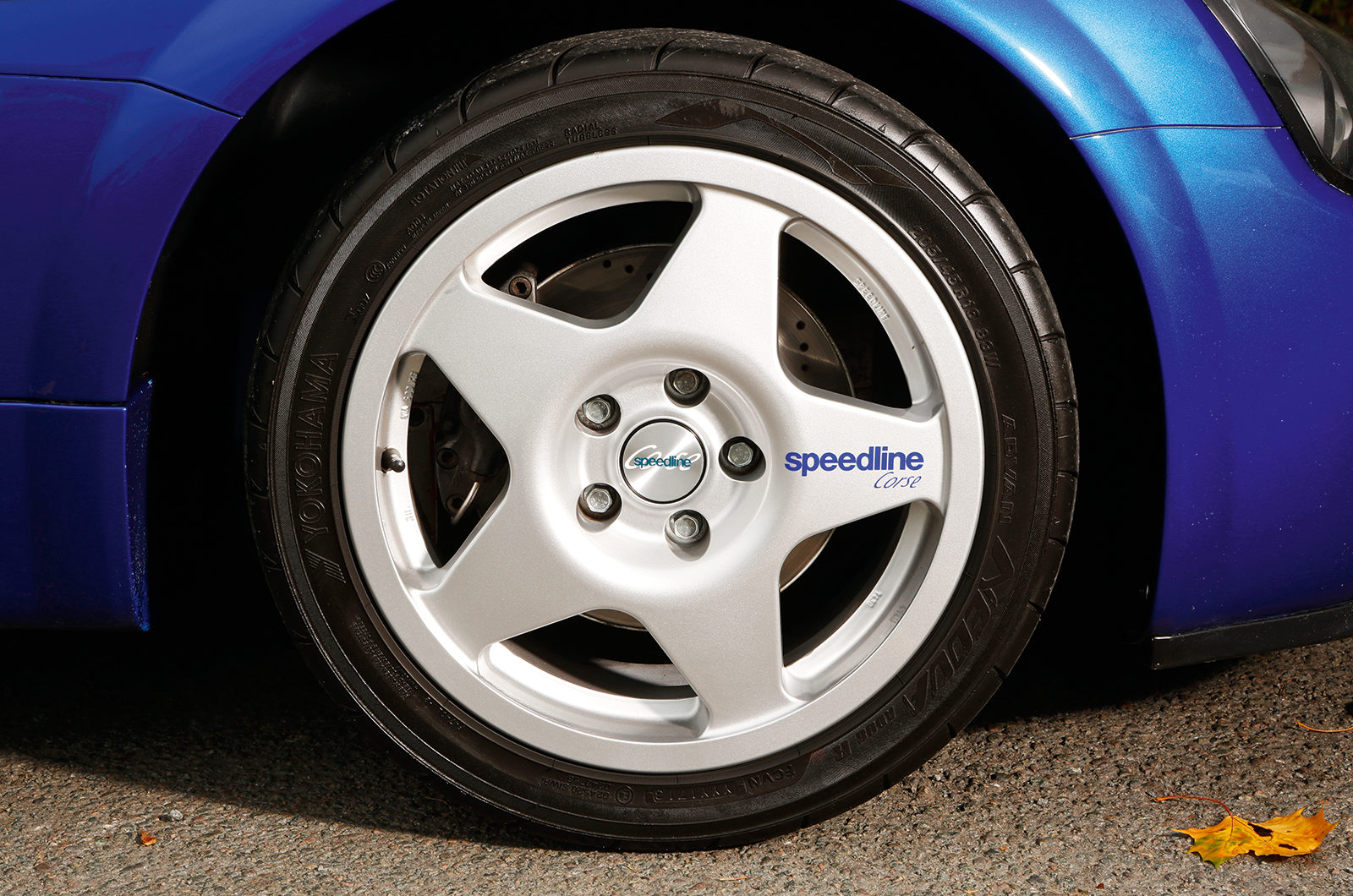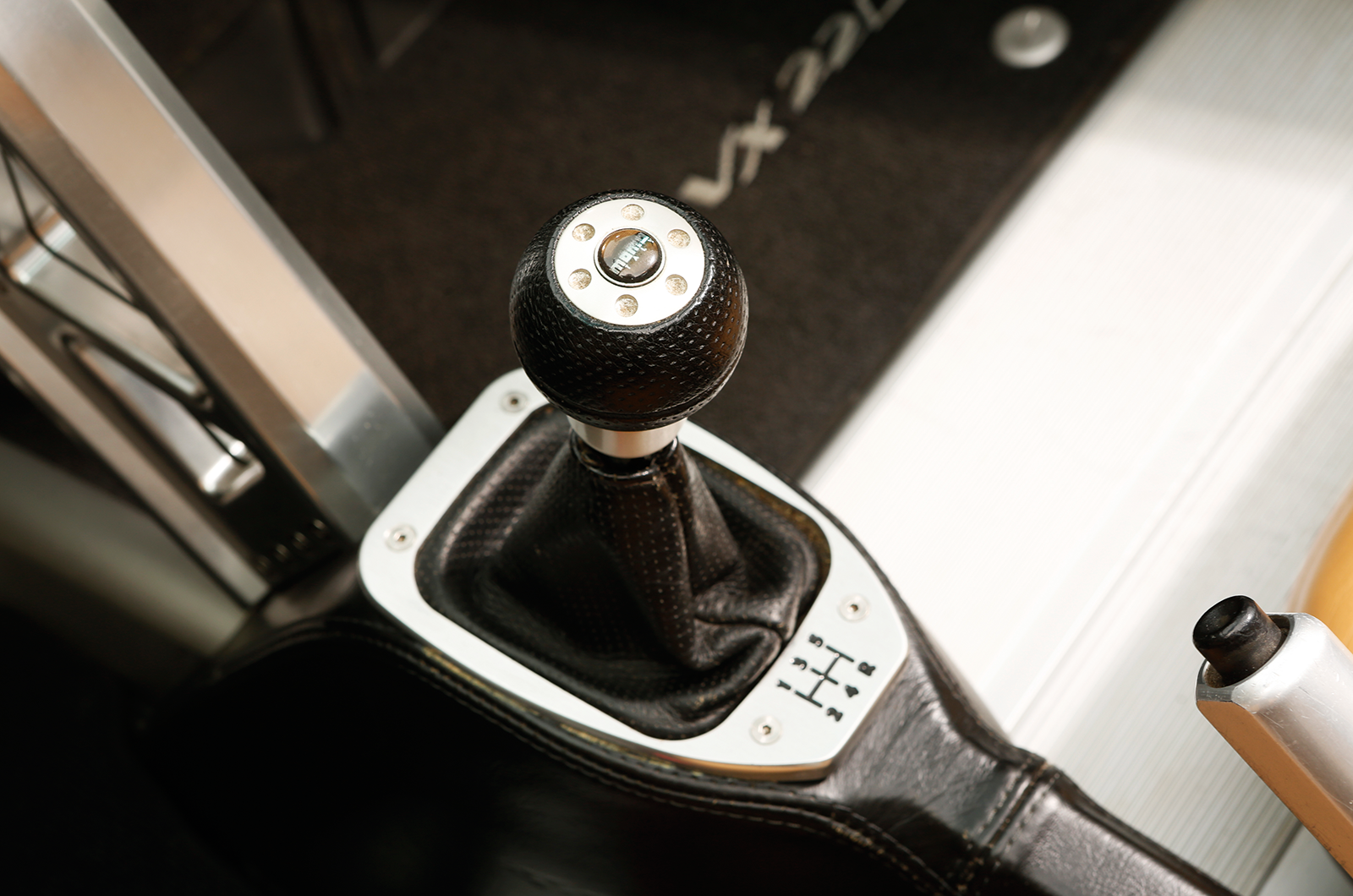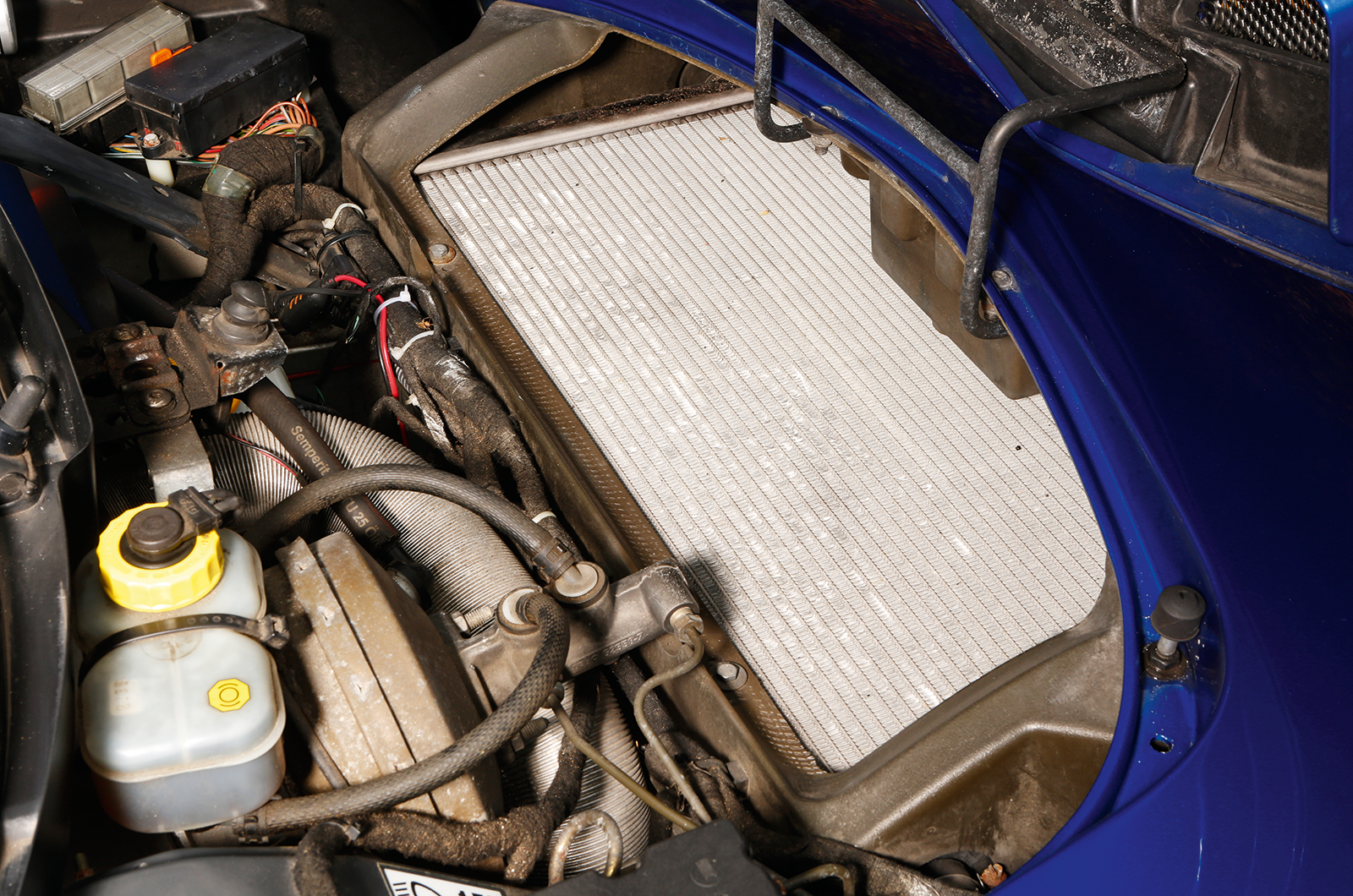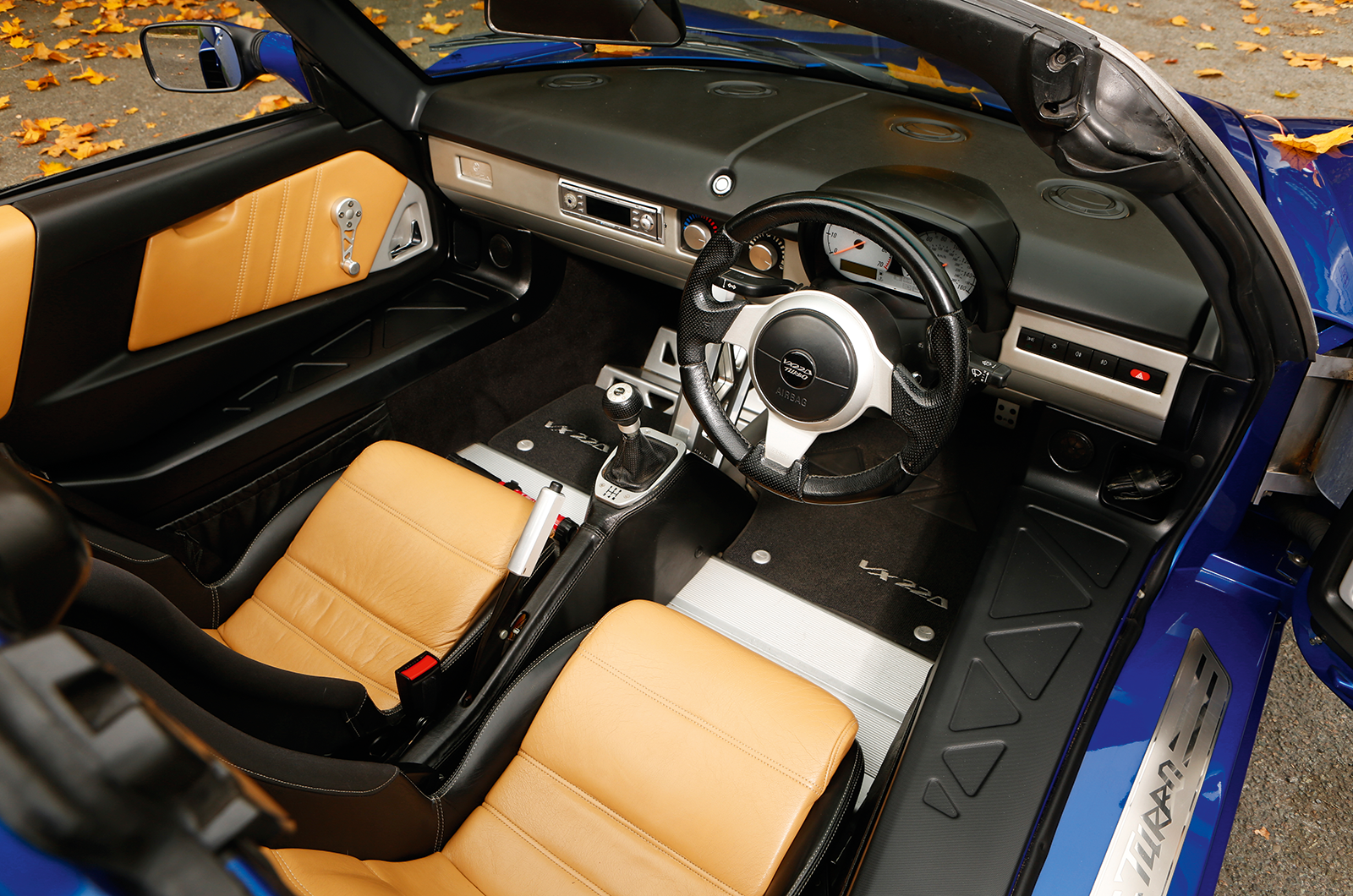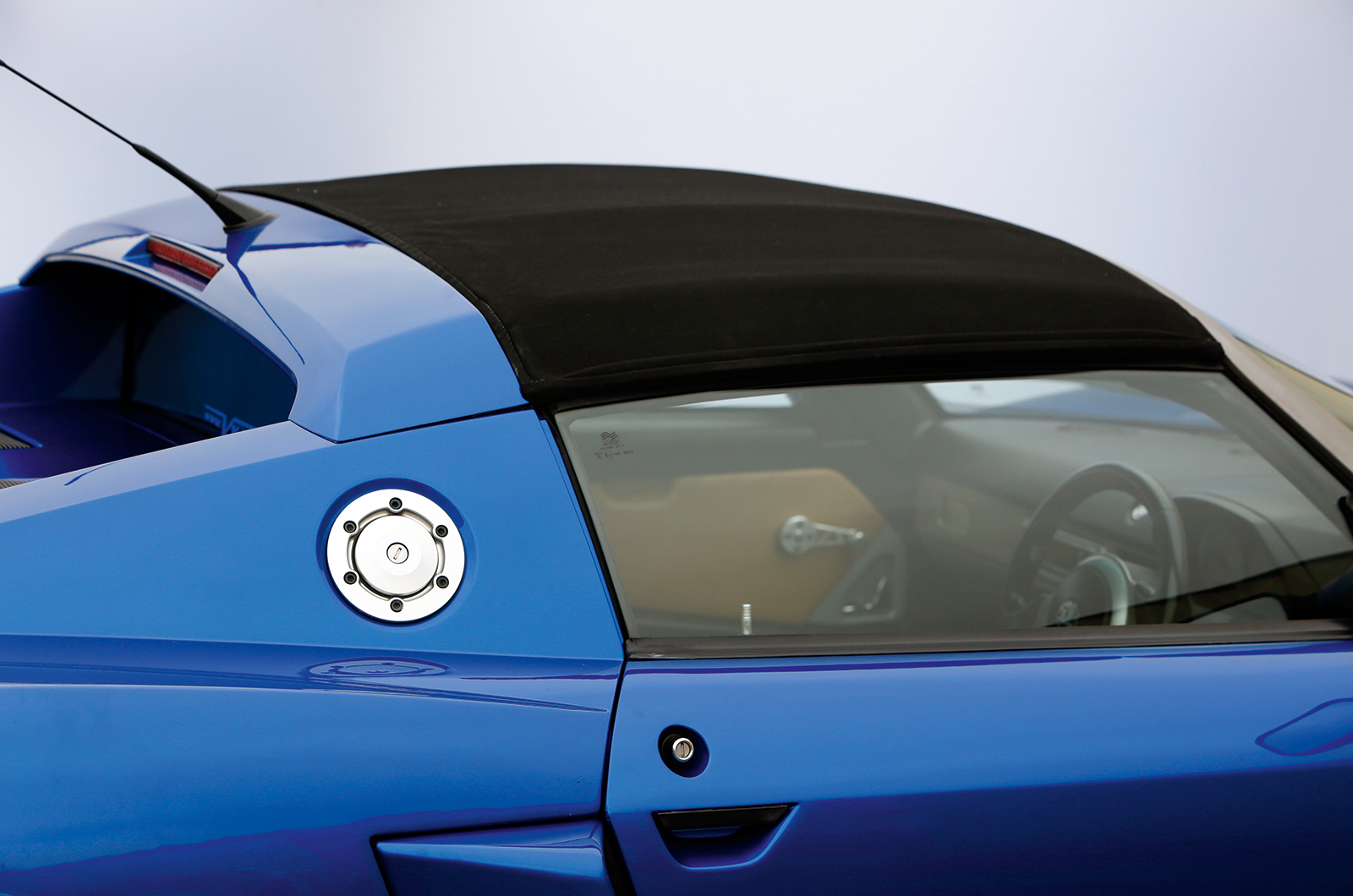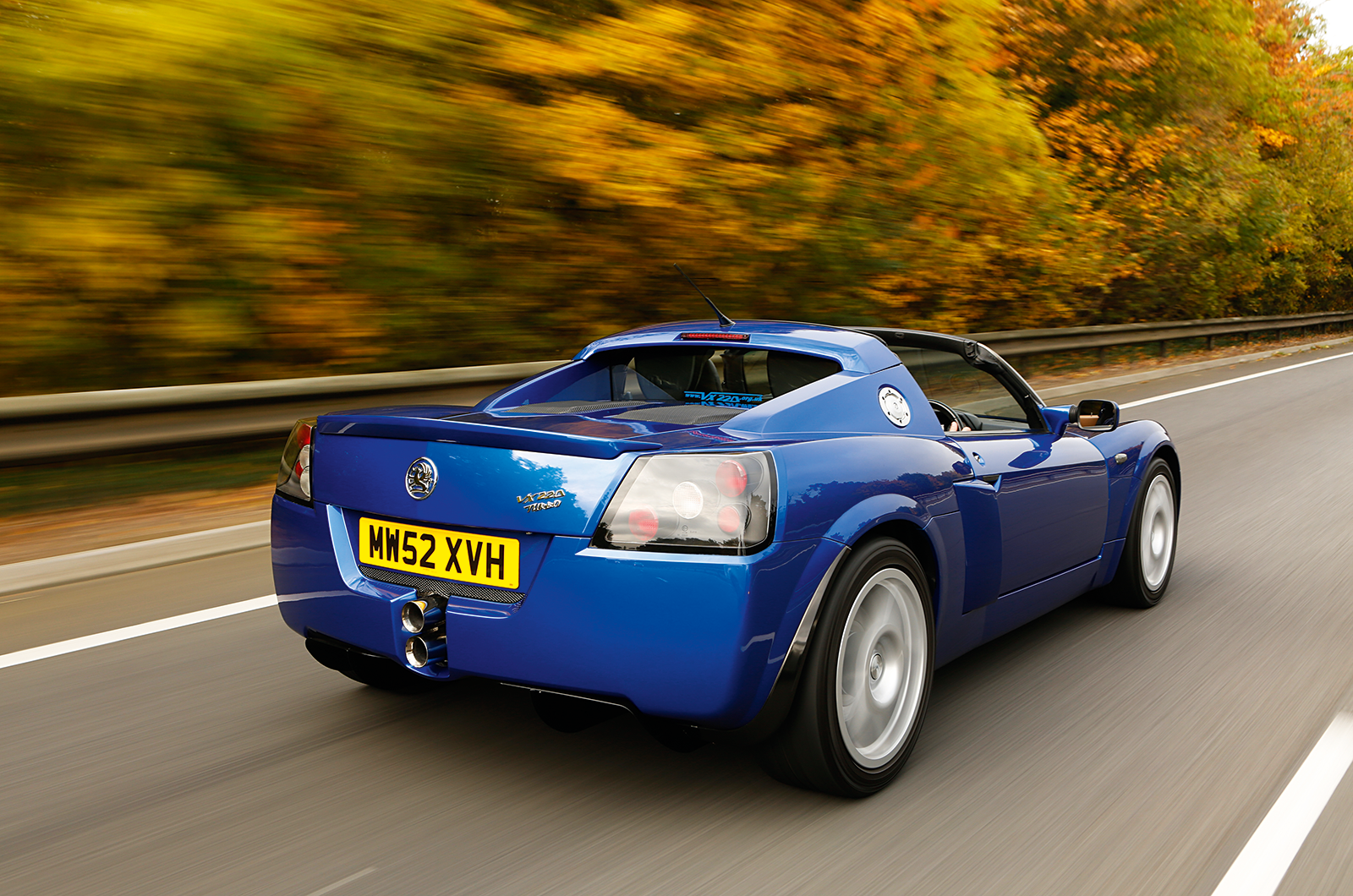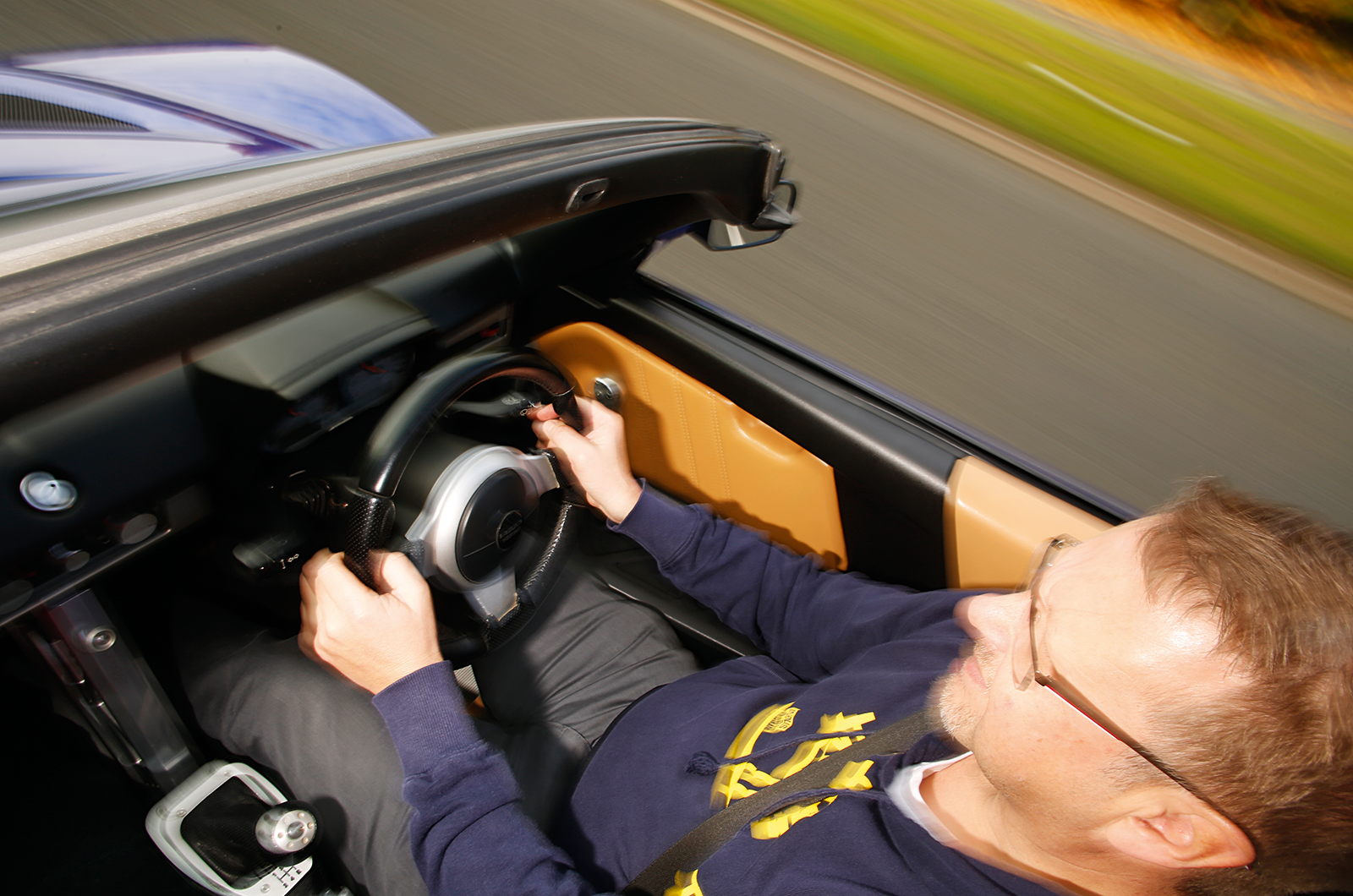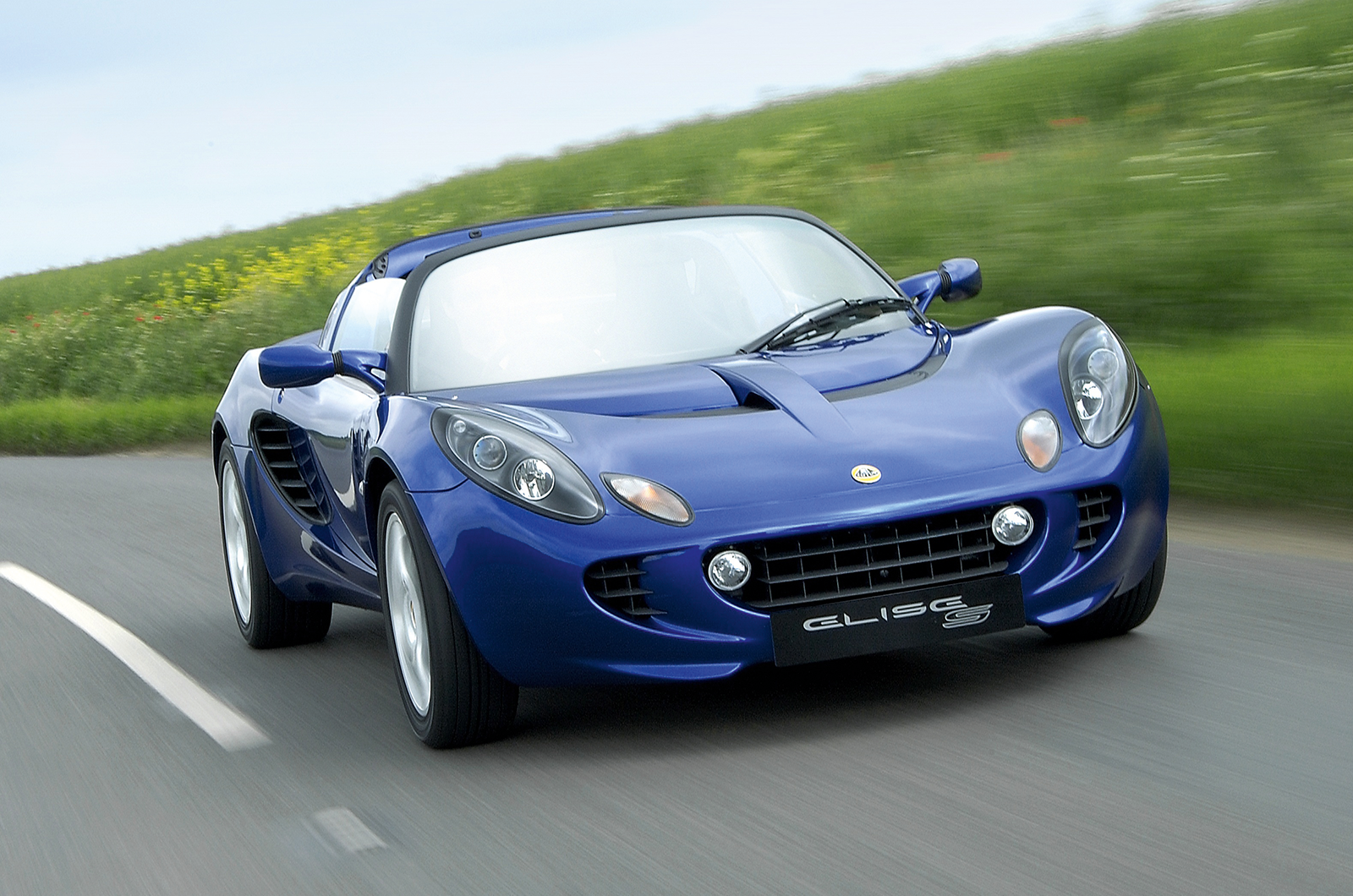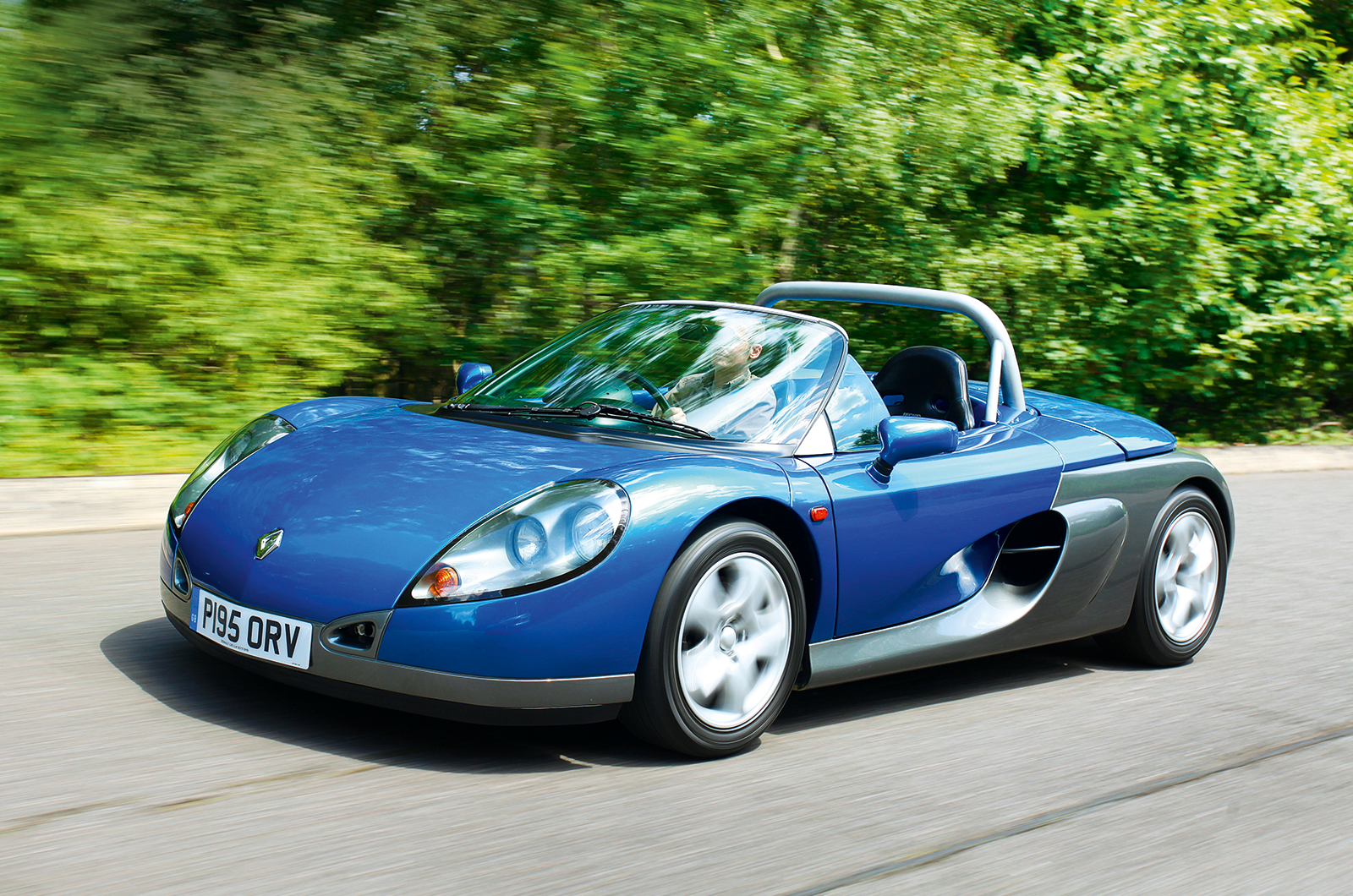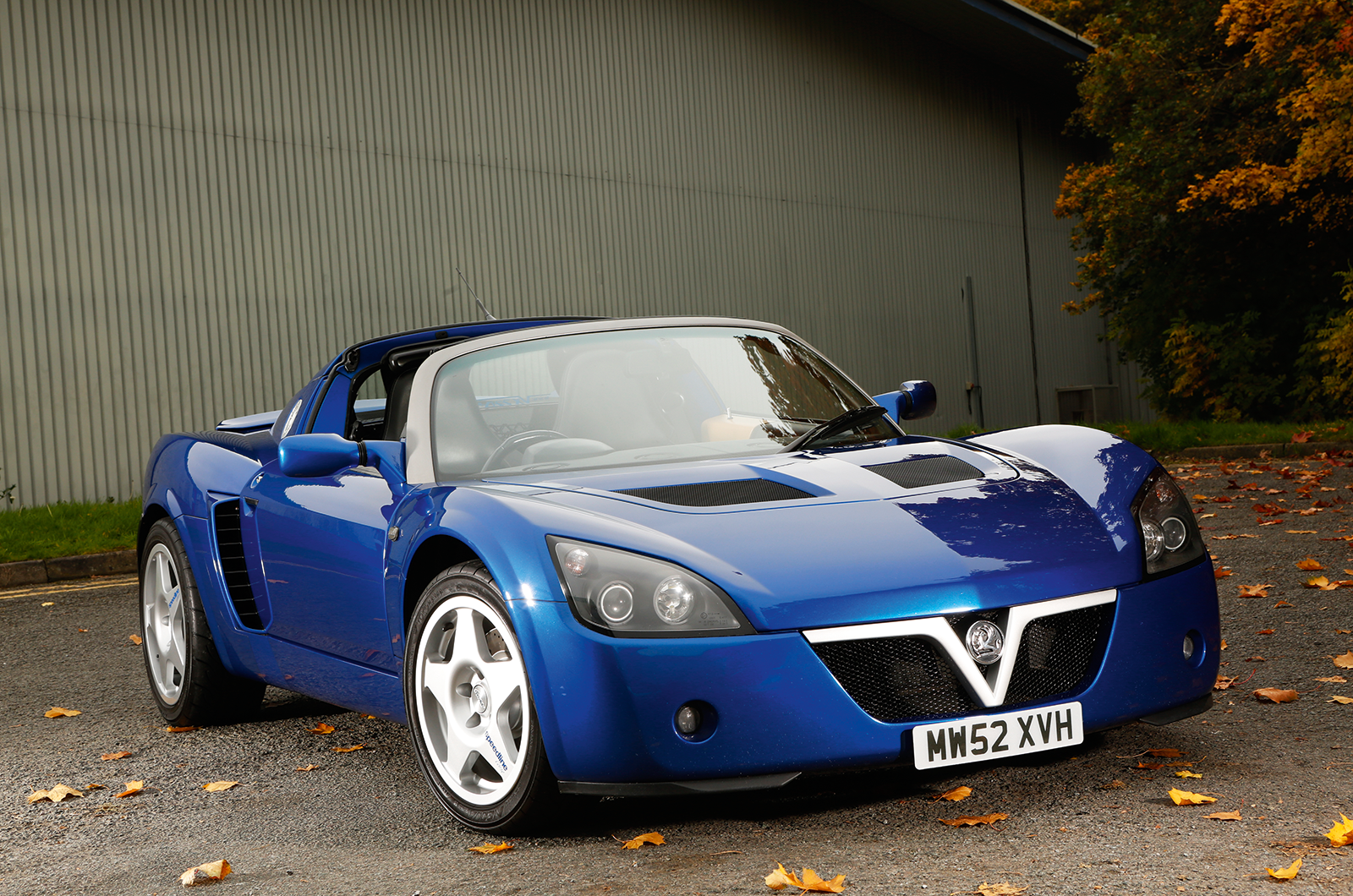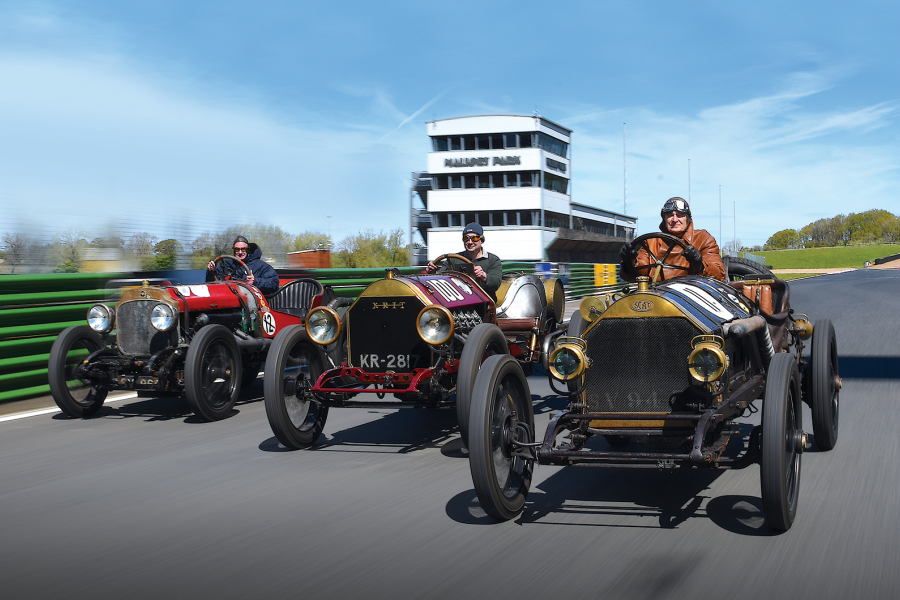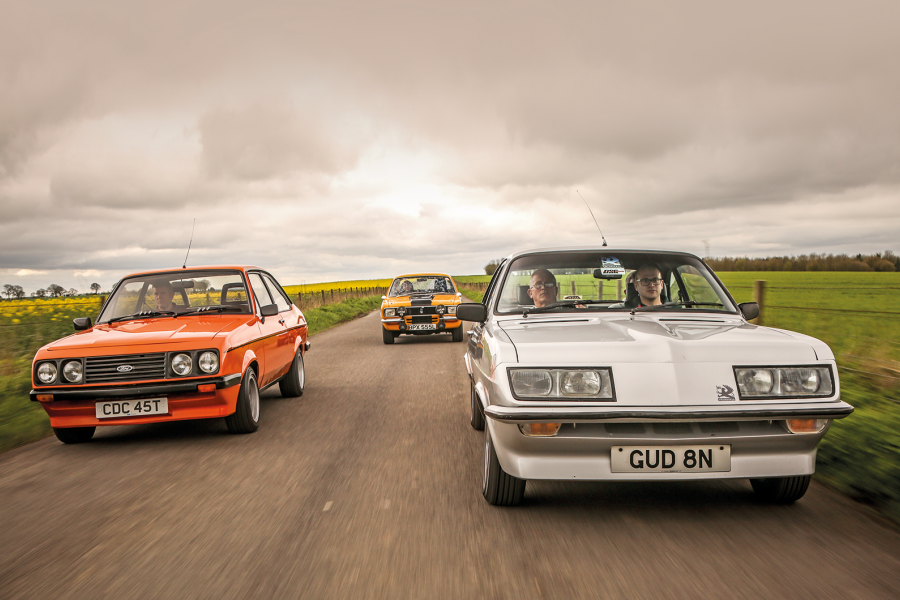
Why you’d want a Vauxhall VX220
Developed alongside the Elise S2 but with many different parts, the VX220 was a thoroughly sorted sports car.
Longer, wider, more flexible and forgiving than an Elise, it was every bit as much fun. The bonded, extruded-aluminium chassis weighed just 68kg, contributing to a weight of well under a tonne. Mid-range punch was its strongest suit, the 2.2 engine far more flexible than the smaller, more highly strung units in the Elise. Testers raved about its impressive handling, brakes and steering, especially considering its controlled, supple ride.
The Vauxhall (or Opel, as the car was marketed for mainland Europe) badging did cause sales resistance when new and that continues even now, but it’s short-sighted. These superb machines are all the more interesting for their mainstream manufacturer heritage. Just don’t take them to a Vauxhall dealer now – Elise/VX specialists have the know-how to look after them properly.
Despite the experts’ views on its high safety levels, three were written off by journalists on the first day of the launch in Spain, proving that it could surprise those expecting normal Vauxhall driving limits.
The Turbo of 2003 was even more of a challenge and definitely required circumspection on wet roads, but rewarded with supercar levels of performance. Just be careful you don’t buy one that has been heavily crashed.
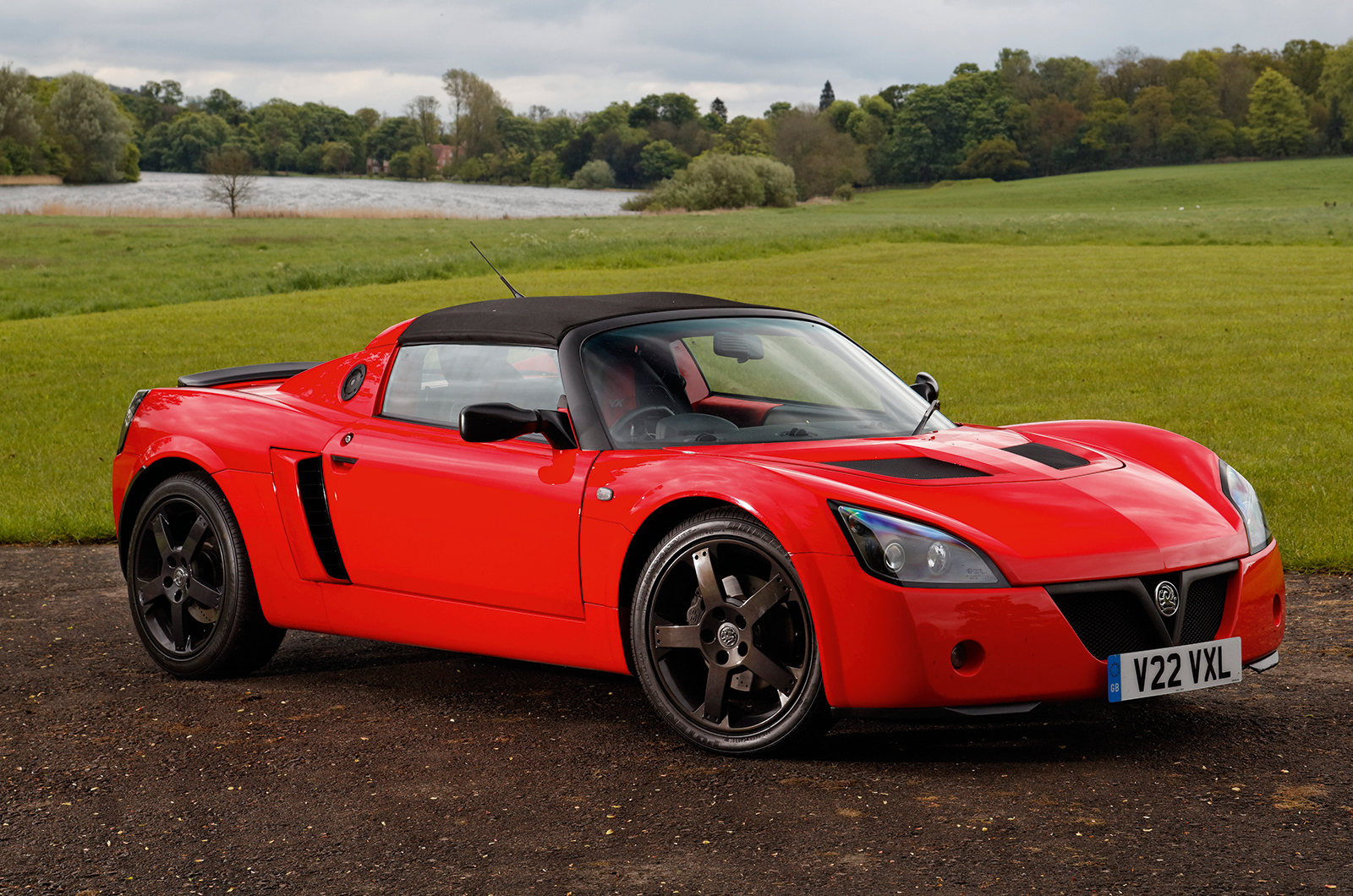
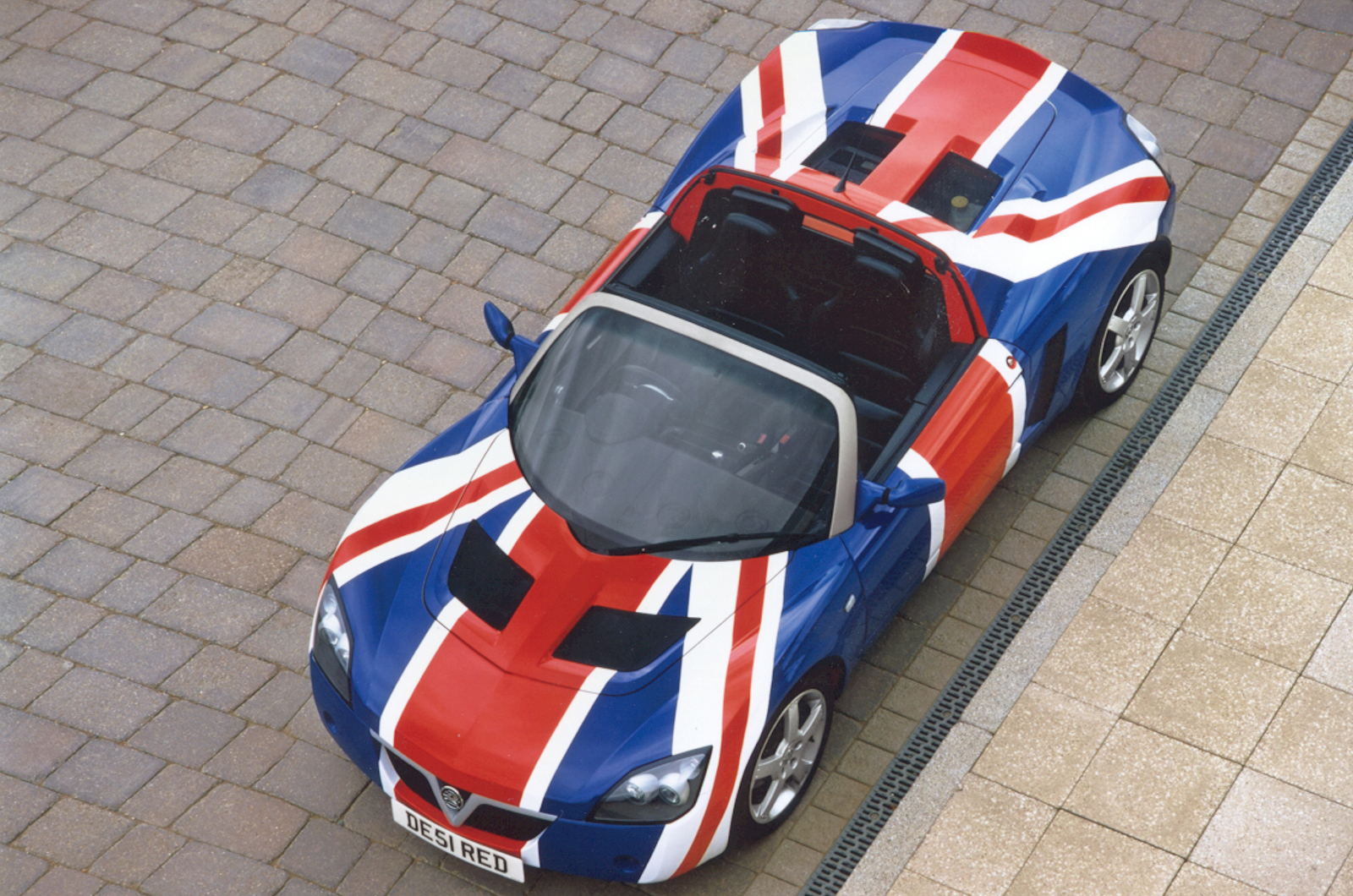
Just 65, now super-desirable VXR220 models were built (left); Union Jack VX220 was done for a marketing promotion

